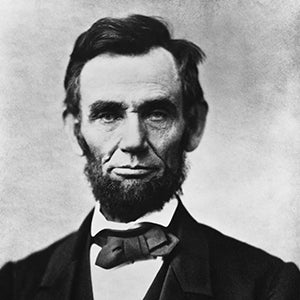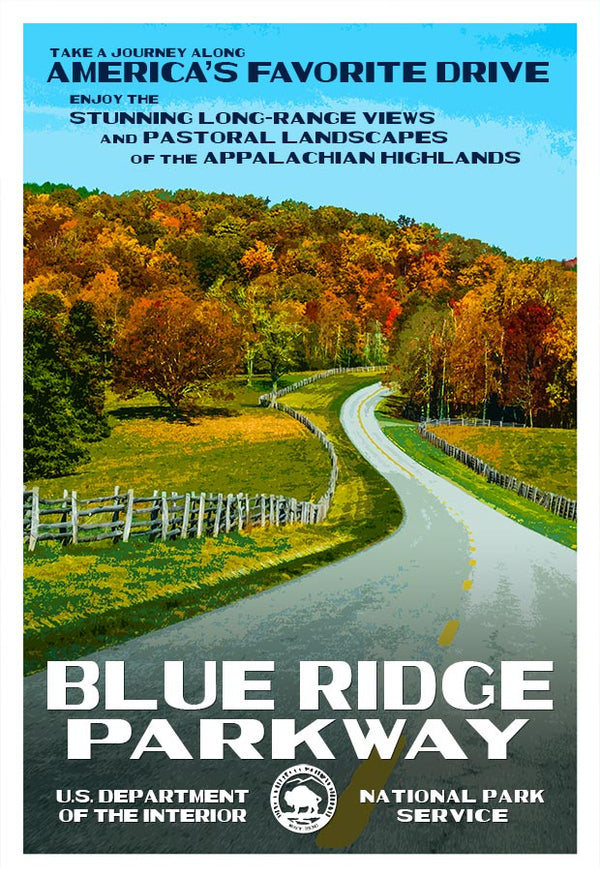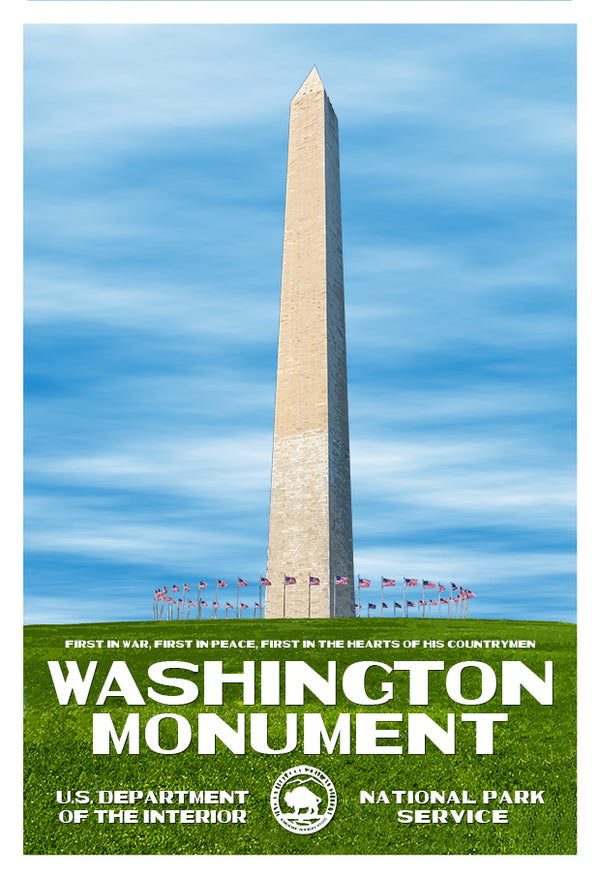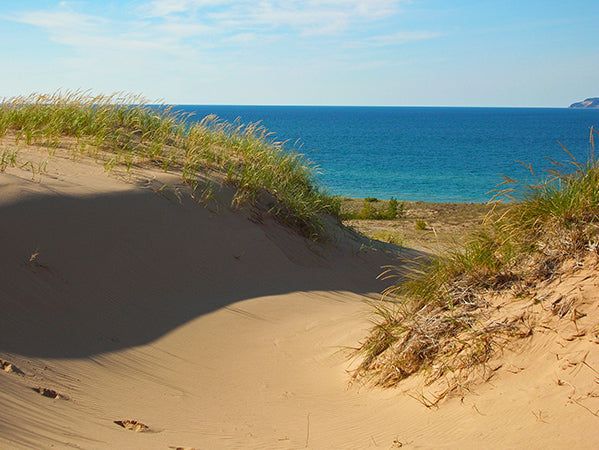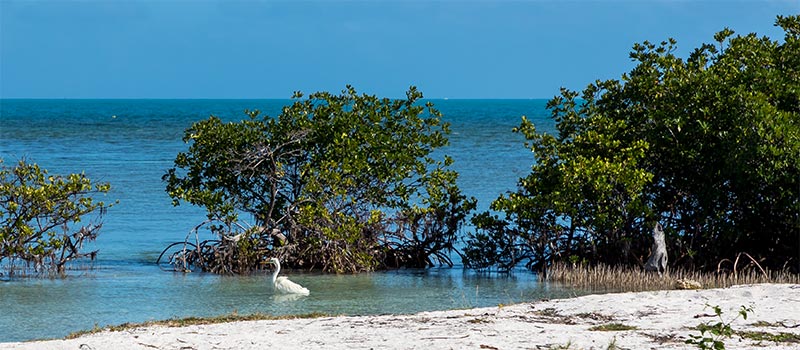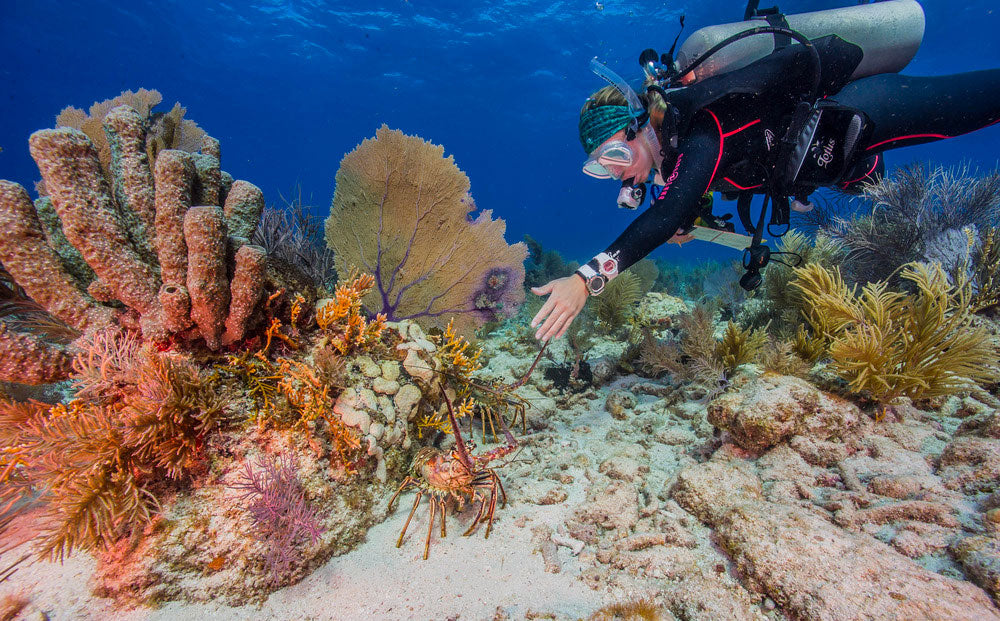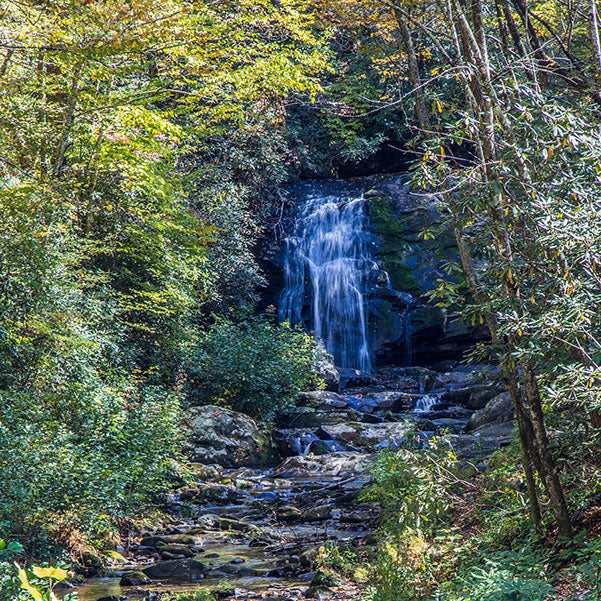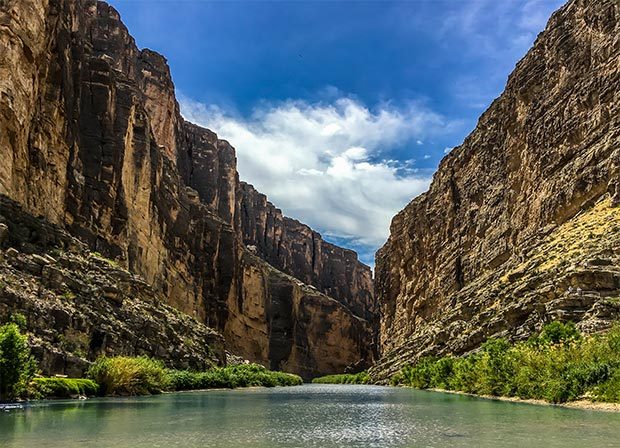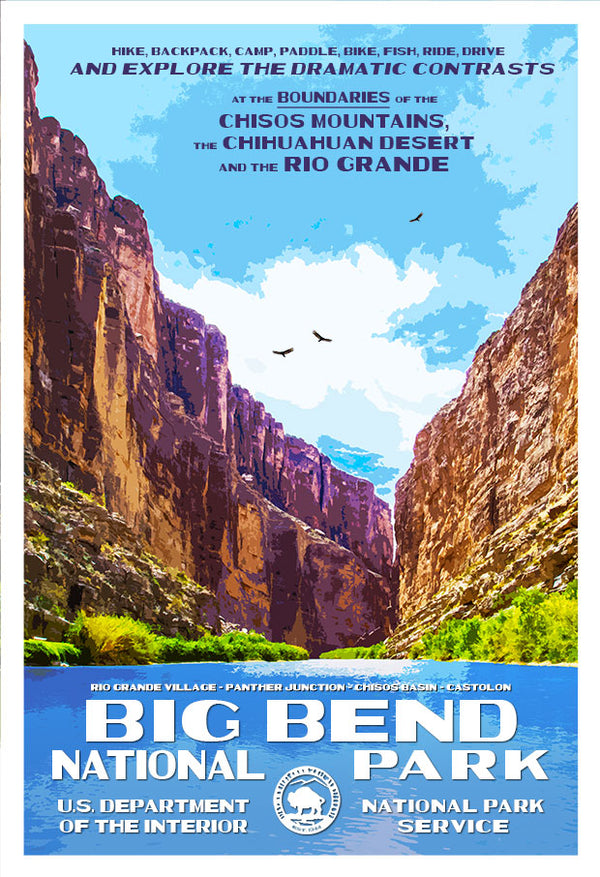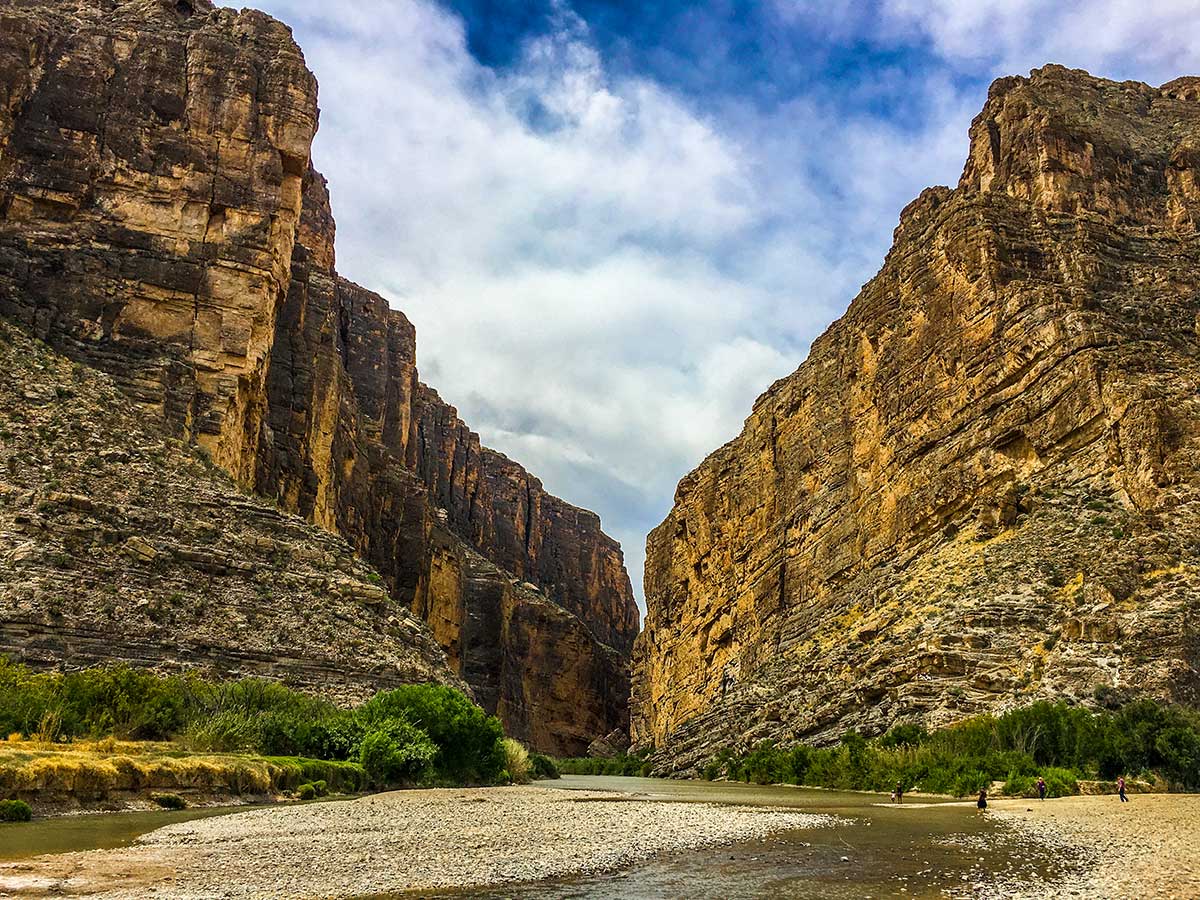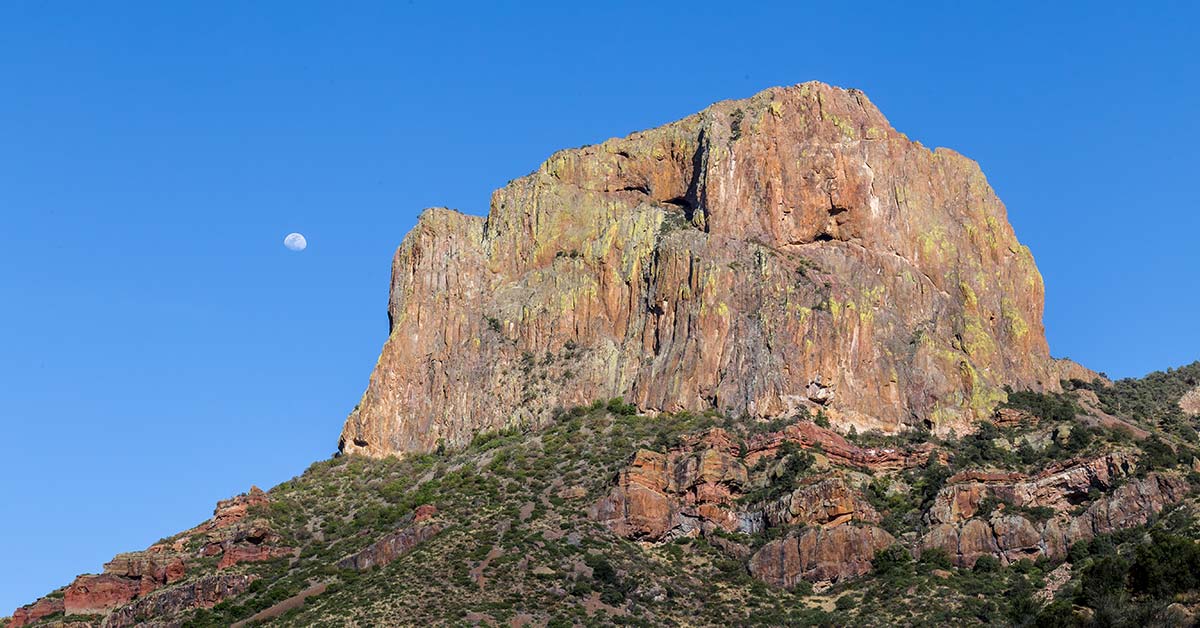There's something magical about the subterranean world of south central Kentucky, where the world's largest known cave system lurks like a grand peculiar labyrinth, ready to explore. Its mysterious system of 400 miles of passageways and rooms captures the imagination of all who enter. Explorers are discovering new passages even today.
Located east of Brownsville in the central part of the state, the caves are home to 130 animal species and have been used by humankind for thousands of years, with fascinating characters who entered the misty depth and led interesting lives.
In addition, there are river valleys, historic churches, sinkholes, and vast forestland to discover. Activities can be done here year-round, and events are always happening at this UNESCO World Heritage Site and Biosphere Reserve.
Ranger-led Tours and Talks
All year round is a good time to go. It's underground, after all, so no having to deal with the elements. The park offers many different tours, focusing on the history, beauty, passageways, and other discovery tours showcasing the many different aspects of the caves. There are also cave tours made accessible for wheelchair users.

Talks at the visitor center are often held on the back porch and are a nice 10-minute introduction to a variety of topics about plants and animals, history, scientific research, among others. Evening talks meet at the amphitheater between the lodge and the camp store.
The Wild Cave Tour

The most in-depth tour offered at Mammoth Cave, you will literally be crawling on your hands and knees for a portion of the tour. But don't worry, you won't be in such a compromising position for long, and you'll be given overalls and knee pads to protect you and your clothing, helmets with lamps at the ready, bandanas, and gloves. These guys don't mess around when it comes to your comfort and safety. Offered spring through fall, it is six hours of fun with lunch included. Those who are afraid of heights, are claustrophobic, in ill health, or under 16 should not go on this tour. Reservations are required; be sure to check the website for the latest.
Hiking Trails Galore
Easy access trails for those who like their hiking on the more casual side will find 18 miles of well-kept trails on the south side of Green River. Along the way, one can explore the history of the park and discover its unique geology. Around the visitor center, seven miles of trails feature scenic river views, ridgetops, cave-fed springs, cemeteries, sinkholes, a historic train engine. Over 10 miles of forested trails on the south side feature the Cedar Sink Trail, Sloan's Crossing Pond Walk, Sand Cave Trail, and Turnhole Bend Nature Trail.
The Finest Backcountry Hiking
The best way to get away from the crowds is to grab a backpack with all of the needed provisions and head for the remote wilderness. A dozen scenic and peaceful campsites are up for grabs should you wish to make it a multi-day trip. To get here, a minute-long ferry ride is all that is needed, but plan for possible delays, as the ferry can only accommodate one car at a time, and no RVs. From there, take your pick of several trails, some of which will take you near water sources, such as First and Second Creek trails. If you really want to feel like you're alone in the wilderness, take Collie Ridge trail, and Homestead is a great place to camp. Be sure to get your free backcountry pass from the Visitor Center.
Go on a Horseback Riding Tour
This park has plenty of trails and campgrounds that can accommodate our trusty horse friends. Whether you have your own horse or opt for paying for a wonderful horseback riding experience. There are over 60 miles of backcountry trails north of Green River, just for this type of adventure. Grab a free trail map, and ride side saddle through the wilderness.
Explore the Trails on Two Wheels

Biking enthusiasts are not left hanging in Mammoth Cave National Park. Here in the backcountry, there are four designated off-road trails specifically for mountain biking. Explore the Mammoth Cave Railroad and Big Hollow trails, both running about nine miles in length. The Maple Springs Trail is an easy one mile, while the White Oak Trail is about 2.5 miles long. Street bikes are permitted on all paved roads in the park, and mountain bikes are allowed on all administrative roads.
Get Out on the Water
The Green and Nolin Rivers run through Mammoth Cave National Park, offering many opportunities for boating, canoeing, and kayaking. There are three river access points in the park and are accessible by car and are located on the south side of the Green River: the Dennison Ferry, Houchin Ferry, and Green River Ferry. This is an amazing opportunity to watch for wildlife, explore the springs and river bluffs, and even do some fishing. Anglers can expect to find bluegill, catfish, muskellunge, perch, crappie, bass, and other game fish. You can also paddle or boat your way to one of the islands to camp; there is also camping at the Houchin Ferry Campground.
The Best Stargazing is Here
People have used the stars for thousands of years to help in navigation, to keep track of time, or to simply ponders the wonders of the universe. Mammoth Cave is an ideal spot for such a pastime. Find a wide-open space, such as a grassy field, to get the best view. The parking lot at the visitor center is also a popular place. Try to avoid areas with artificial light, and carry a flashlight with red lights that will help you navigate to your spot without disturbing your night vision. Here, you don't need a telescope; however, having a good pair of binoculars may aid you in your nighttime viewing. Ranger-led stargazing programs are offered throughout the year, as well, and offer a unique opportunity to gain an appreciation for the park's dark sky environment.
Click here to see the Mammoth Cave National Park
Rob Decker is a photographer and graphic artist who had the rare privilege of studying under Ansel Adams in Yosemite National Park when he was just 19 years old. Now, Rob is on a journey to explore and photograph all 61 of America's National Parks. He's creating WPA-style posters to help people celebrate their own national park adventures — as well as encourage others to get out and explore!
Join the growing community of 75k+ National Park enthusiasts to receive insider deals and updates.
Source: https://national-park-posters.com/blogs/national-park-posters/best-things-to-do-in-mammoth-cave-national-park


 One of the most profound landmarks honoring a President that inspires such emotion in so many; President Lincoln was arguably one of the most significant figures in our nation's history. A legendary statesman who represents “the virtues of tolerance, honesty, and constancy in the human spirit.”
One of the most profound landmarks honoring a President that inspires such emotion in so many; President Lincoln was arguably one of the most significant figures in our nation's history. A legendary statesman who represents “the virtues of tolerance, honesty, and constancy in the human spirit.”
